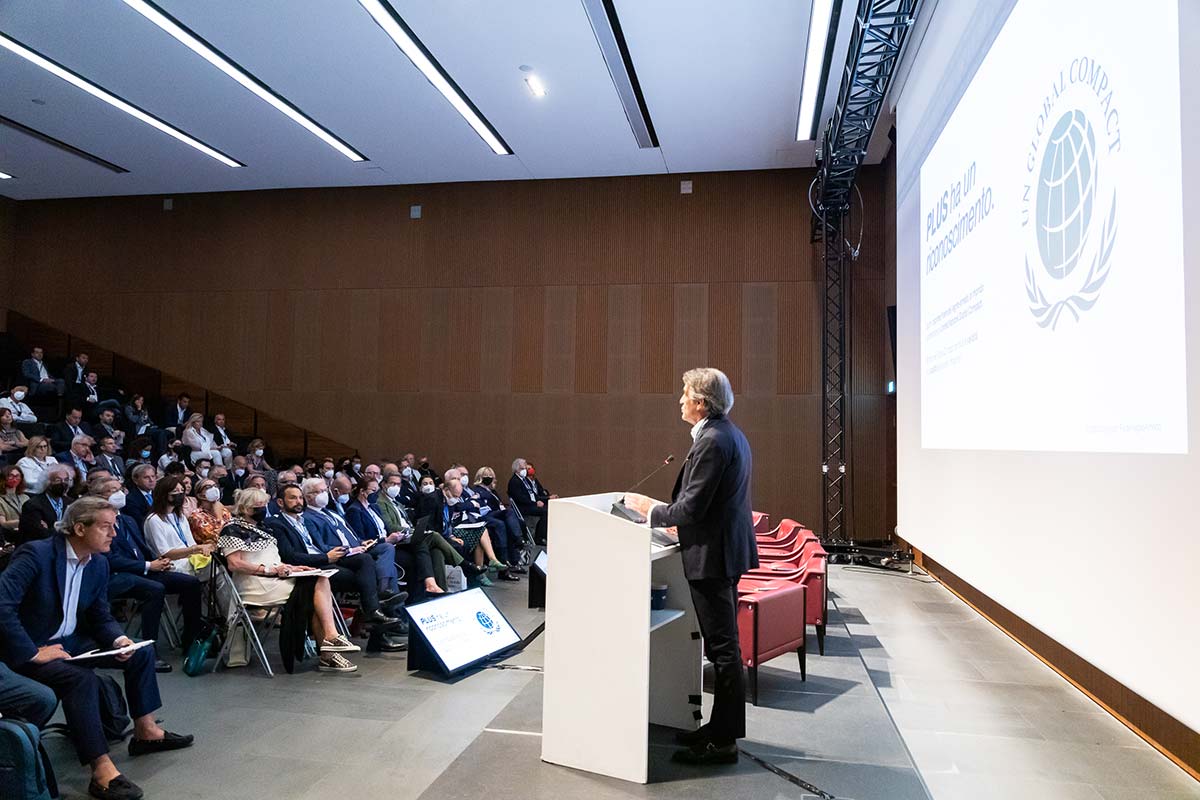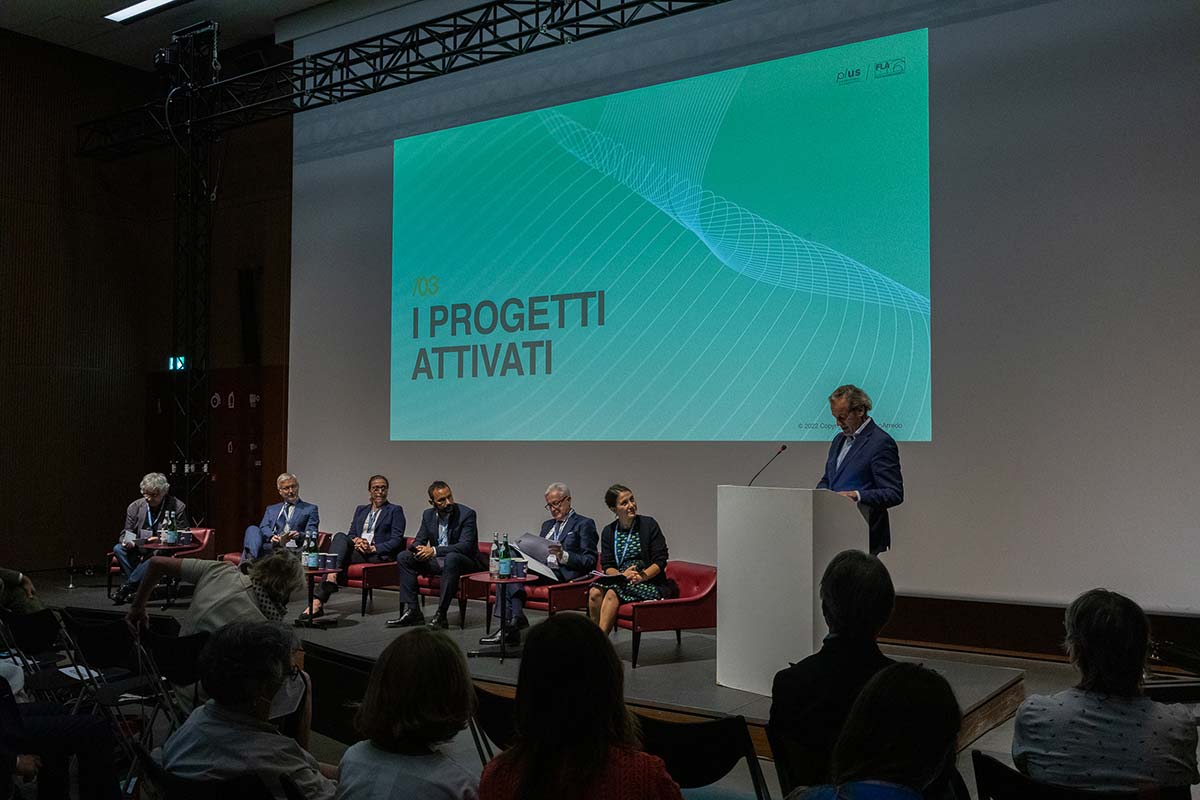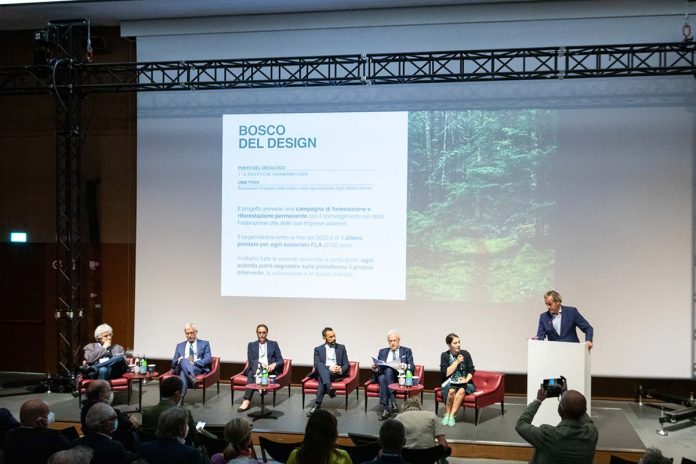Ten guidelines and a single major objective: to reposition the entire chain of supply and production in the sector of wooden furnishings within parameters of sustainability, making it a pioneer of green Industry, and an authoritative guide for sector professionals. This is what was emphasized – not only in words – during the annual assembly of FederlegnoArredo, in an event titled “Sustainable Footprints: regenerating the future.”
A strategic plan was shared with the press and the members, organized in various actions, all oriented towards sustainability and on view at the portal https://fla-plus.it/. The plan, based on discussions and the results of focus groups over a span of seven months, has been conceived as the concrete output of the FLA Decalogue created in collaboration with Fondazione Symbola, which conveys issues of the green economy to companies and institutions.

The work was coordinated by the sustainability delegates of the group: Maria Porro, president of Assarredo, and Paolo Fantoni, president of Assopannelli. The partners were also identified to support the companies along the path of ecological transition, including Politecnico di Milano for educational initiatives, and Banca Intesa San Paolo for ESG (Environmental, Social, Governance) performance evaluation, based on international criteria that guarantee implementation of ethical and sustainable investments.
The object is to reformulate production system in order to limit environmental impact, without undermining economic returns: the member companies have to remain competitive on the market. To make all this possible – and above all feasible – sector professionals will have to pay closer attention to the durability of their products and/or materials. How? By encouraging regeneration and repair, extending warranties, assigning value to sustainable raw materials, recovering energy and protecting the national legacy of forests, also through reforestation programs.

“From the outset, our intention,” says the president of FederlegnoArredo Claudio Feltrin, “has been to stimulate companies in the industry along a path of sustainability, making them become leaders in this field. Our sector is already virtuous, but the time has come to activate a scheme that aims at “zero waste,” in which quality understood as durability of products becomes the true test of effectiveness.”

While the president of Fondazione Symbola Ermete Realacci reminded listeners that “Italy is one of the worldwide leaders in wooden furnishings, also thanks to sustainability” (93% of Italian chipboard production is done with recycled wood, ed), the president Marco Frey of Fondazione Global Compact Italia – an organism under the aegis of the United Nations – emphasized that the participation of FederlegnoArredo in the UN Global Compact is “the demonstration of the originality of the path that has been taken.” FederlegnoArredo is in fact the first Federation to be admitted to the Global Compact for a healthy and sustainable economy, committed to pursuit of the 17 growth objectives of Agenda 2030.
Also taking part in the initiative, Laura D’Aprile, head of the department of sustainable growth of the Ministry of Ecological Transition, said in her contribution: “The wood-furniture system has already taken remarkable steps towards these objectives, but it needs to be supported along this path with concrete and effective measures, also on the part of institutions and policy. For our part, we have to integrate and coordinate policies for incentives, creating shared governance among departments for a systematic deployment of resources.”
Photo © Francesco Rucci, courtesy FederlegnoArredo







